Hibiscus
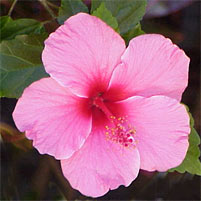
Hibiscus are large shrubs or small trees that produce huge, colorful, trumpet-shaped flowers over a long season. Other common names include Chinese Hibiscus, Japanese Lantern, Rose of Sharon, and Tropical Hibiscus.
About This Plant
Hibiscus are deciduous shrubs with dark green leaves; the plants can grow to 15 feet tall in frost-free areas. Flowers may be up to 6 inches diameter, with colors ranging from yellow to peach to red. Hibiscus can be planted singly or grown as a hedge plant; they can also be pruned into a single-stemmed small tree. The flowers are attractive to butterflies and hummingbirds.
Special Features
Attracts hummingbirds
Attracts butterflies
Site Selection
Select a site with full sun and well-drained soil. Hibiscus also adapt well to growing in containers.
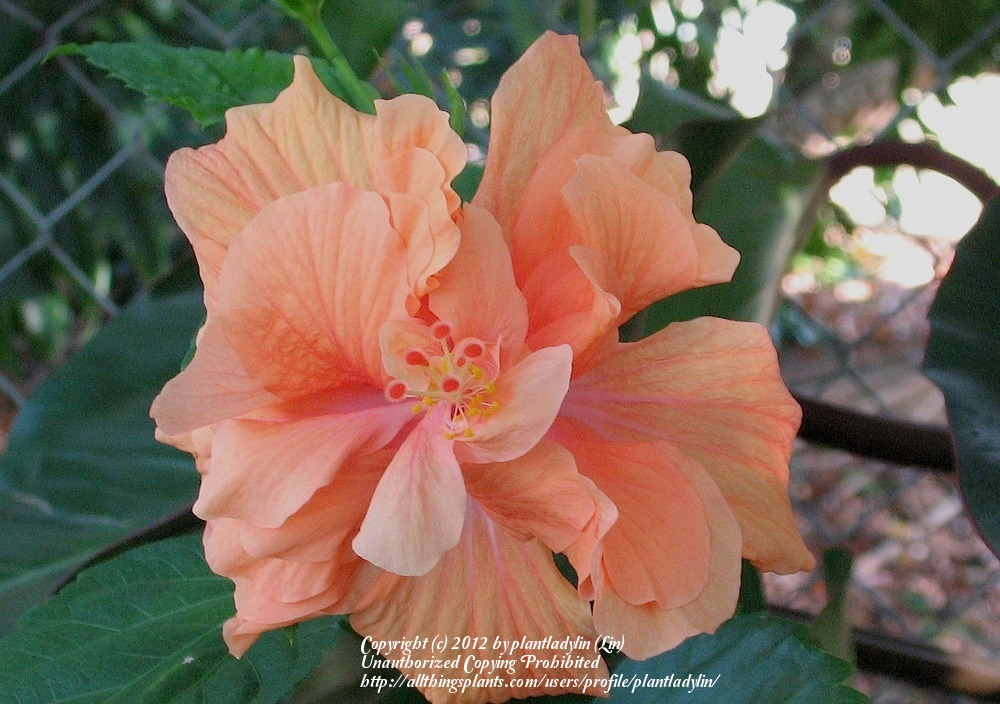
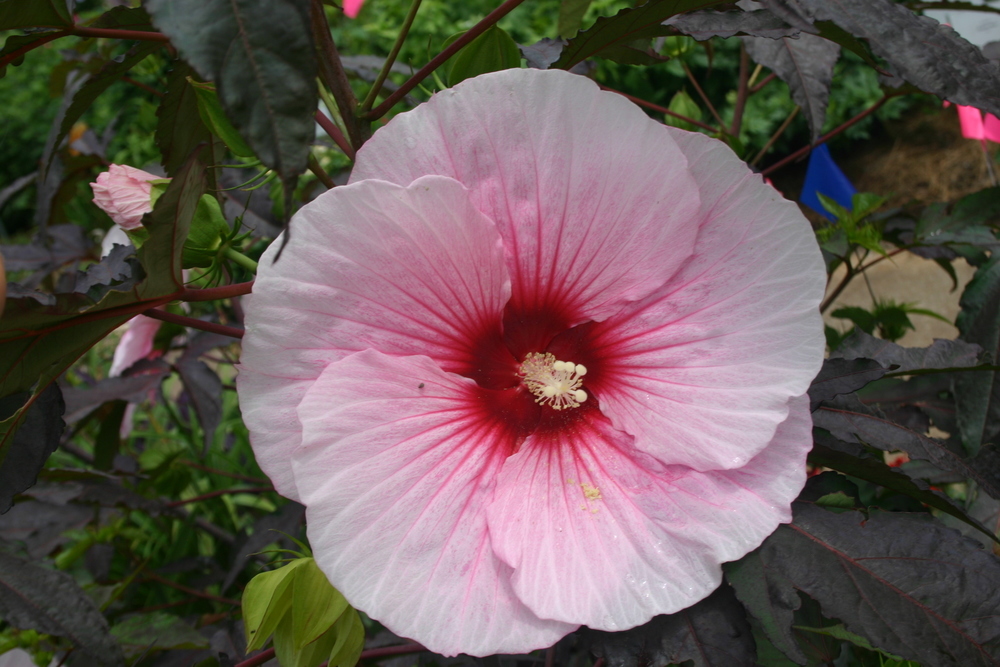
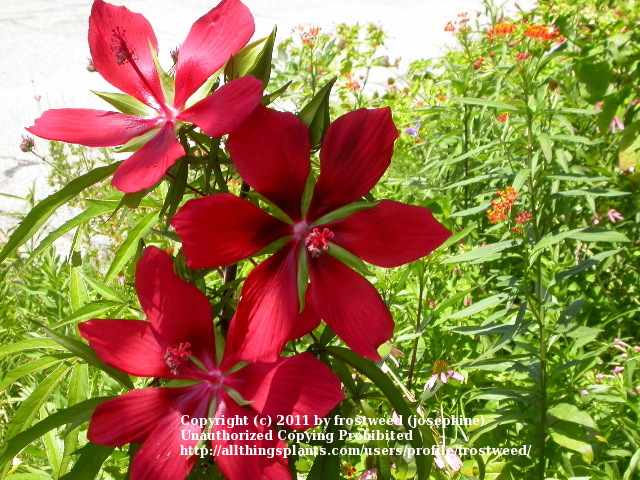
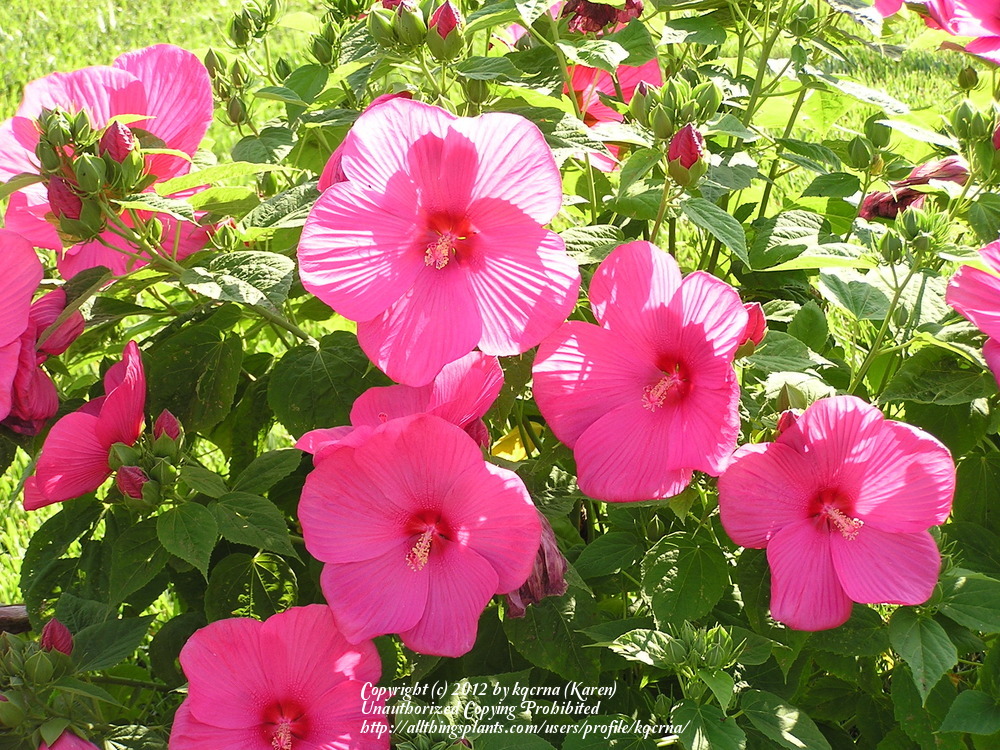
Planting Instructions
Plant in spring, summer, or fall, spacing plants 3 to 6 feet apart. Dig a hole only as deep as the root ball and 2 to 3 times as wide. If your soil is in very poor condition, amend the soil you've removed from the hole with a small amount of compost. Otherwise don't amend it at all. Carefully remove the plant from the container and set it in the hole. Fill the hole half full with soil, then water it well to settle the soil and eliminate air pockets. Let the water drain, then fill the remainder of hole with soil and water thoroughly.
Care
Hibiscus require at least 1 inch of rain (or equivalent watering) each week. They like to be constantly moist, but not wet. Feed twice a month during the growing season and prune as necessary to control plant size and cut back errant branches. Cut branches back to just above a side shoot. Hibiscus are sensitive to cold and should be protected when temperatures dip into the 30s; container-grown plants should be brought indoors. Check plants periodically for pests such as aphids, white flies, and mealybugs. Use a horticultural oil or insecticidal soap to control these pests.






 Hibiscus are large shrubs or small trees that produce huge, colorful, trumpet-shaped flowers over a long season. Other common names include Chinese Hibiscus, Japanese Lantern, Rose of Sharon, and Tropical Hibiscus.
Hibiscus are large shrubs or small trees that produce huge, colorful, trumpet-shaped flowers over a long season. Other common names include Chinese Hibiscus, Japanese Lantern, Rose of Sharon, and Tropical Hibiscus.



